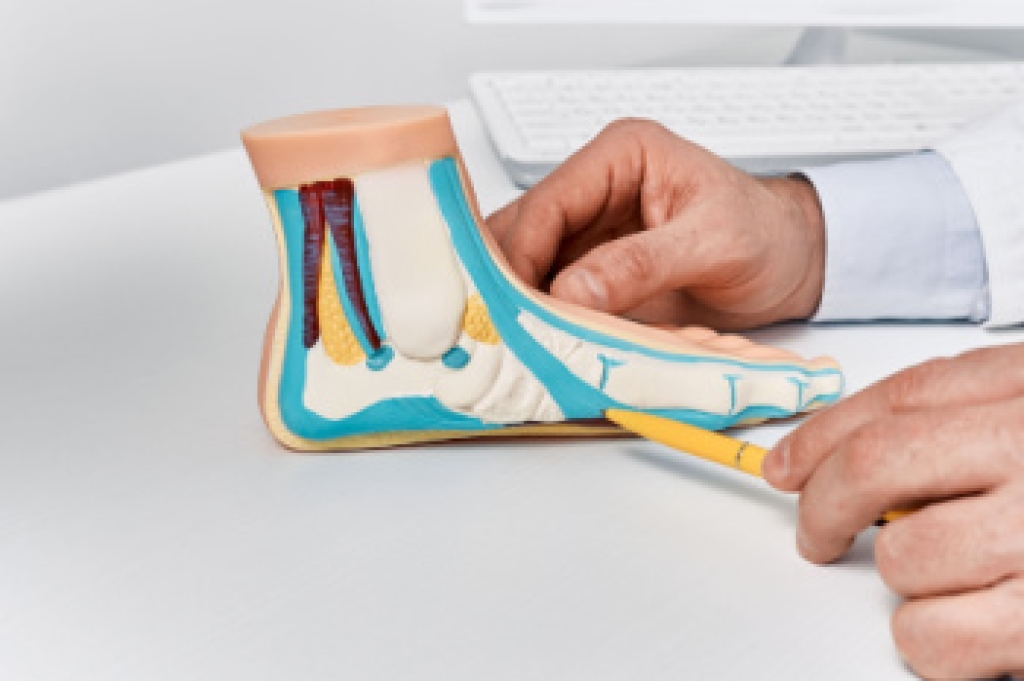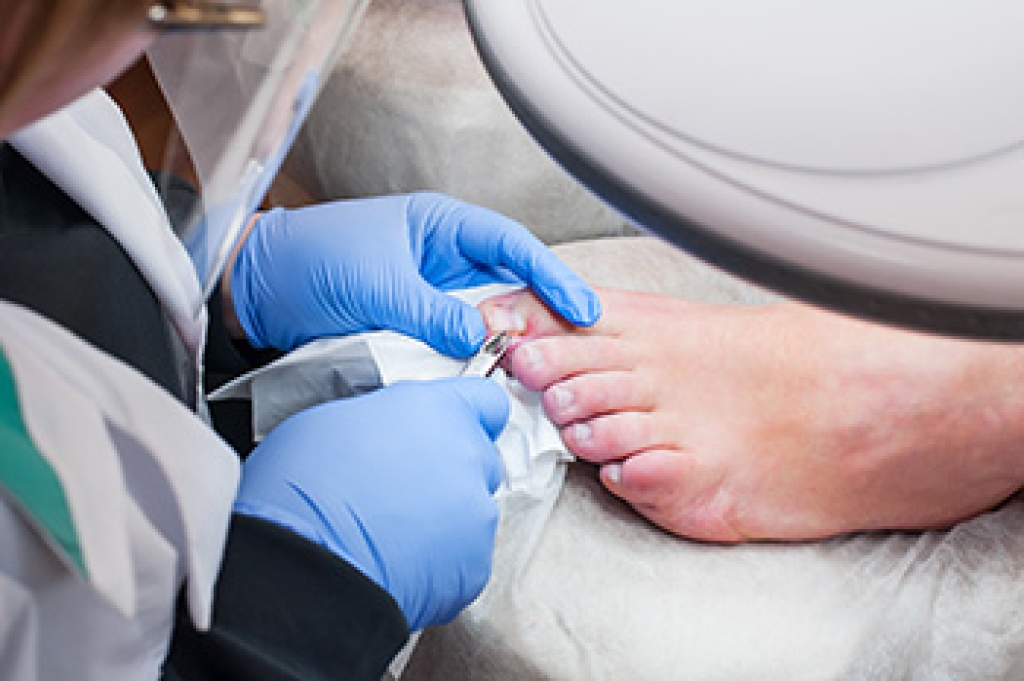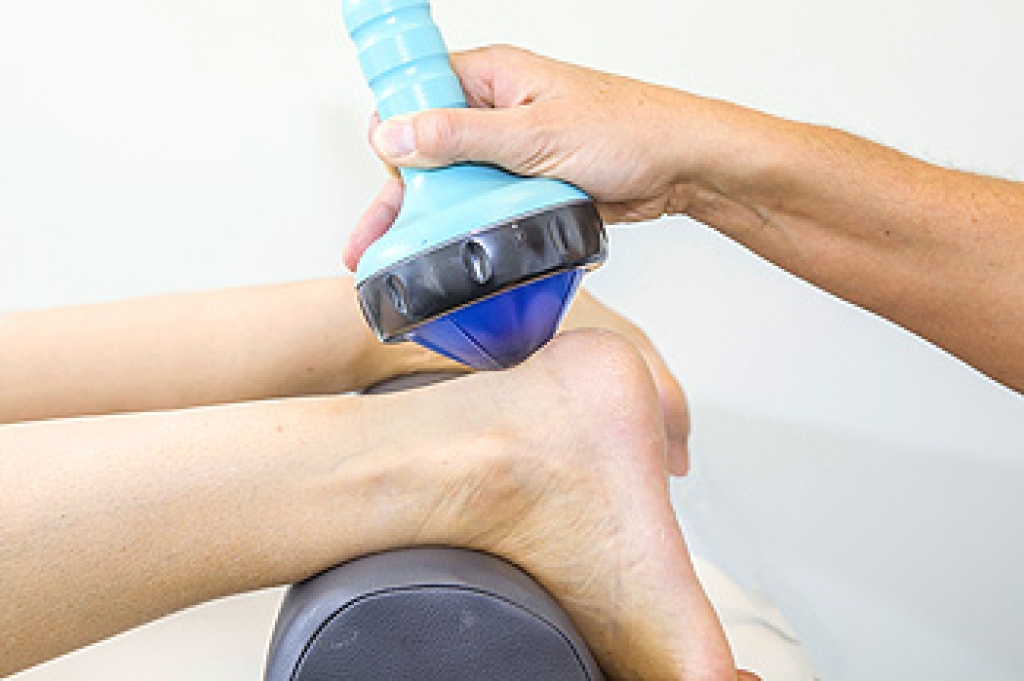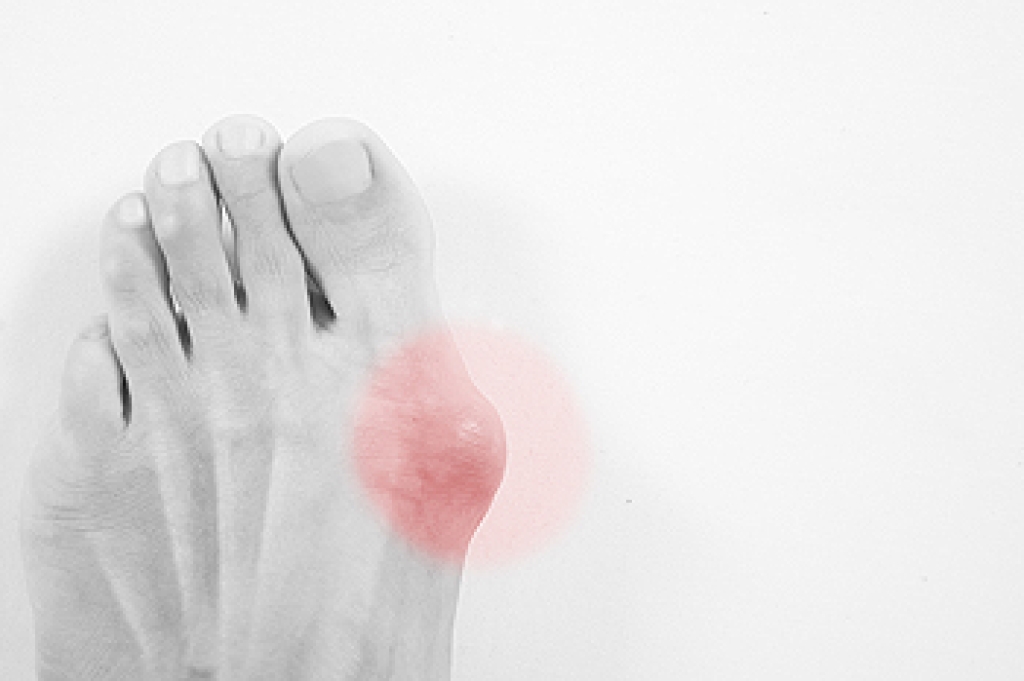
Flat feet occur when the arches of the feet collapse or fail to develop properly, causing the entire sole to touch the ground. This condition can lead to biomechanical imbalances that affect how weight is distributed across the feet. Flat feet are often associated with poor posture, reduced stability, and discomfort in the feet, ankles, knees, or lower back. A podiatrist can assess the severity of the condition and determine how it influences your gait and alignment. Treatment options may include custom orthotics, supportive footwear, and exercises to strengthen the foot muscles. If you have flat feet and experience pain or balance issues, it is suggested that you schedule an appointment with a podiatrist who can provide effective relief and treatment solutions.
Flatfoot is a condition many people suffer from. If you have flat feet, contact Zina Cappiello, DPM from Dr. Zina B. Cappiello DPM, LLC. Our podiatrist will treat your foot and ankle needs.
What Are Flat Feet?
Flatfoot is a condition in which the arch of the foot is depressed and the sole of the foot is almost completely in contact with the ground. About 20-30% of the population generally has flat feet because their arches never formed during growth.
Conditions & Problems:
Having flat feet makes it difficult to run or walk because of the stress placed on the ankles.
Alignment – The general alignment of your legs can be disrupted, because the ankles move inward which can cause major discomfort.
Knees – If you have complications with your knees, flat feet can be a contributor to arthritis in that area.
Symptoms
- Pain around the heel or arch area
- Trouble standing on the tip toe
- Swelling around the inside of the ankle
- Flat look to one or both feet
- Having your shoes feel uneven when worn
Treatment
If you are experiencing pain and stress on the foot you may weaken the posterior tibial tendon, which runs around the inside of the ankle.
If you have any questions, please feel free to contact our office located in Clifton, NJ . We offer the newest diagnostic and treatment technologies for all your foot care needs.




